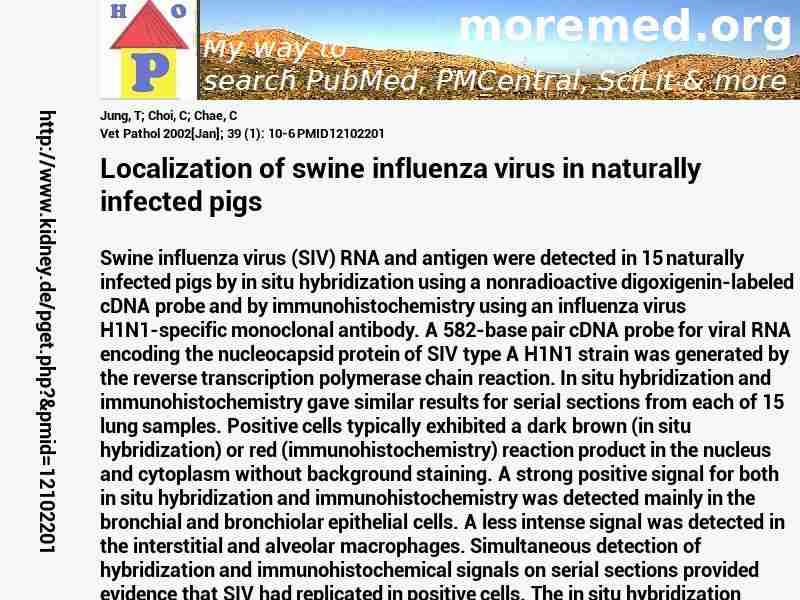10.1354/vp.39-1-10
http://scihub22266oqcxt.onion/10.1354/vp.39-1-10

12102201!ä!12102201
|  
Deprecated: Implicit conversion from float 211.6 to int loses precision in C:\Inetpub\vhosts\kidney.de\httpdocs\pget.php on line 534
Deprecated: Implicit conversion from float 211.6 to int loses precision in C:\Inetpub\vhosts\kidney.de\httpdocs\pget.php on line 534
 Vet+Pathol 2002 ; 39 (1): 10-6 Vet+Pathol 2002 ; 39 (1): 10-6
Nephropedia Template TP
gab.com Text
Twit Text FOAVip
Twit Text #
English Wikipedia
|

